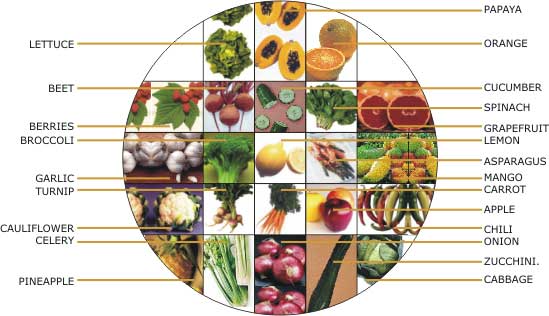Exercise and the Common Cold
If you want to prevent getting colds this season, then regular, moderate exercise may be just what the doctor ordered. Findings show that exercise helps your immune system fight simple infections like colds and flu. Exercise also helps ward off the big stuff like heart disease, type 2 diabetes, osteoporosis, and cancer.
Yet what about exercising when you have a cold? Is it safe?
Exercise and Prevention of Colds
Exercise and physical activities are important parts of a personal action plan to stay healthy and prevent chronic illness. Regular exercise allows you to improve your overall fitness, which can help to boost your immune system -- the body's defense against infections.
Regular exercise appears to have the advantage of being able to jump-start the immune system, and that can help reduce the number of colds you get. With exercise, the number and aggressiveness of certain immune cells, such as the ones called natural killer cells, increase by as much as 50% to 300%. If you exercise regularly, this temporary increase can help make the immune system more efficient at destroying intruders that cause illness such as colds.
Some findings report that moderate intensity exercise -- daily 20 to 30 minute walks, going to the gym every other day, or biking with kids a few times a week -- may reduce the number of colds you get.
In one study reported in the American Journal of Medicine, women who walked for a half-hour every day for one year had half the number of colds as women who did not exercise. In this study, researchers associated regular walking with increasing levels of infection-fighting white blood cells. In another study, researchers found that the number of T-cells -- a specific type of white blood cell -- in 65-year-olds who exercised regularly was as high as those of people in their 30s.
Should You Exercise With a Cold?
Because exercise may help to boost immune function, it's usually safe to exercise with a cold.
Still, if you exercise with a cold, it's important to listen to your body. Sometimes cold medications such as decongestants can increase your heart rate. In addition, your heart rate is increased with exercise. The combination of exercise and decongestants can cause your heart to pump very hard. You may become short of breath and have difficulty breathing.
If you have a fever with a cold, exercise may stress your body even more. That's why it's important to wait a few days to get back to your regular exercise regimen. Working out too hard with a cold could stress your body, causing you to feel worse. This additional stress may hinder your recovery.
Too Much Exercise May Increase Colds
This isn't a problem for most of us, but if you're trying to reduce the number of colds, make sure you take time for rest and recovery after periods of intensive training.
Your immune system fights most effectively when it isn't stressed. Research confirms that a moderate exercise program may increase immunity and your resistance to respiratory infections. But scientists also note that athletes who train rigorously without recovery are more susceptible to viral infections like colds or flu.
While immunity is boosted when you work out moderately, the opposite may be true for elite or high-performance athletes such as runners, swimmers, and other athletes that push their physical limits with intense training without sufficient recovery. For example, there's evidence of suppressed immunity during times of prolonged and intense exercise training with an increased number of upper respiratory tract infections.
When workouts become stressful or excessive, there can be decreased amounts of white blood cells circulating throughout your body and increased amounts of the stress hormone cortisol, which may inhibit the ability of certain immune cells to work properly.
When Should You Call the Doctor About Exercise and Colds?
If you exercise with a cold and have any of the following symptoms, it's important to stop and call your doctor:
- Increased chest congestion
- Difficulty catching your breath
- Coughing and/or wheezing
- Chest tightness or pressure
- Trouble breathing or excessive shortness of breath
- Light-headedness or dizziness
- Difficulty with balance













